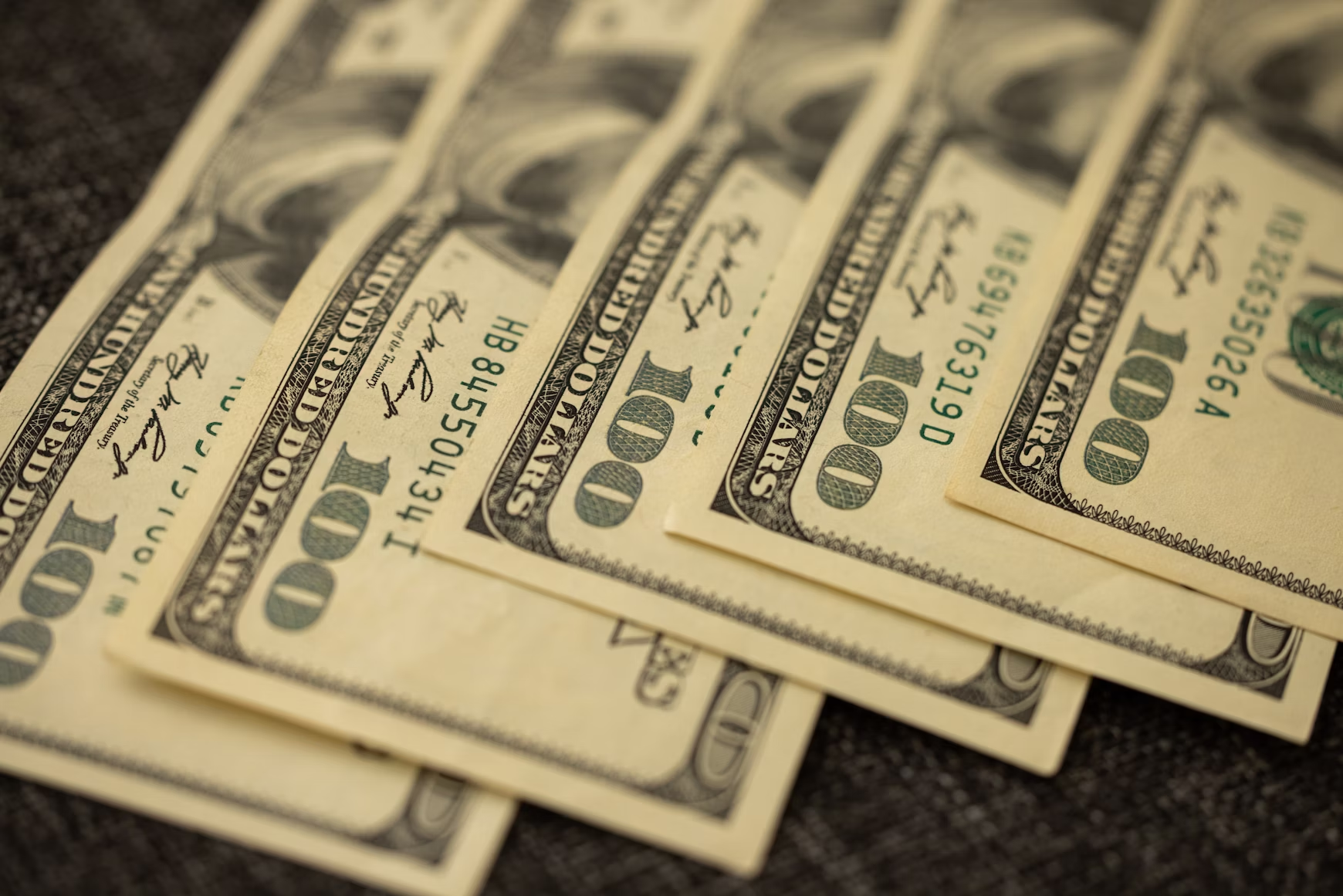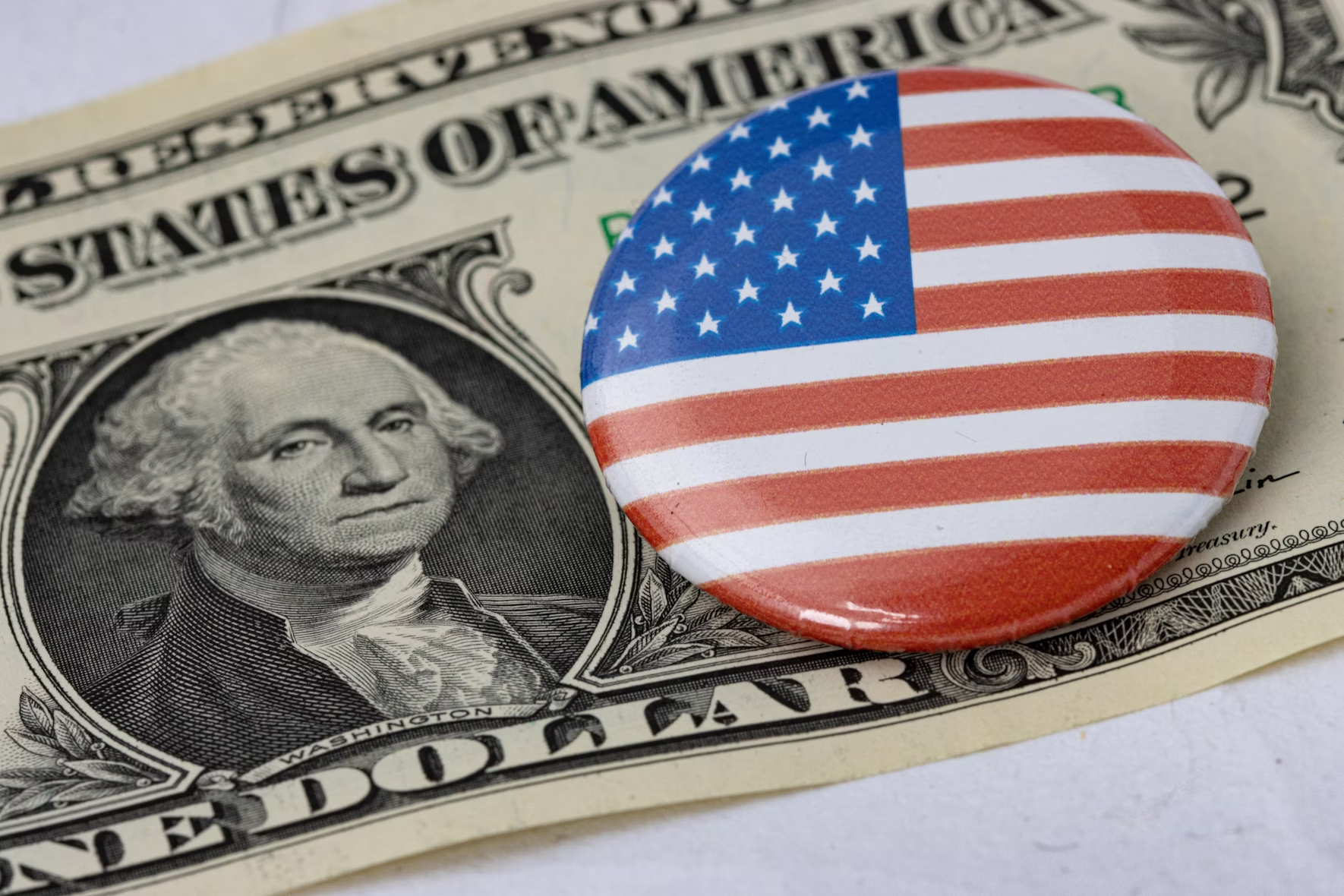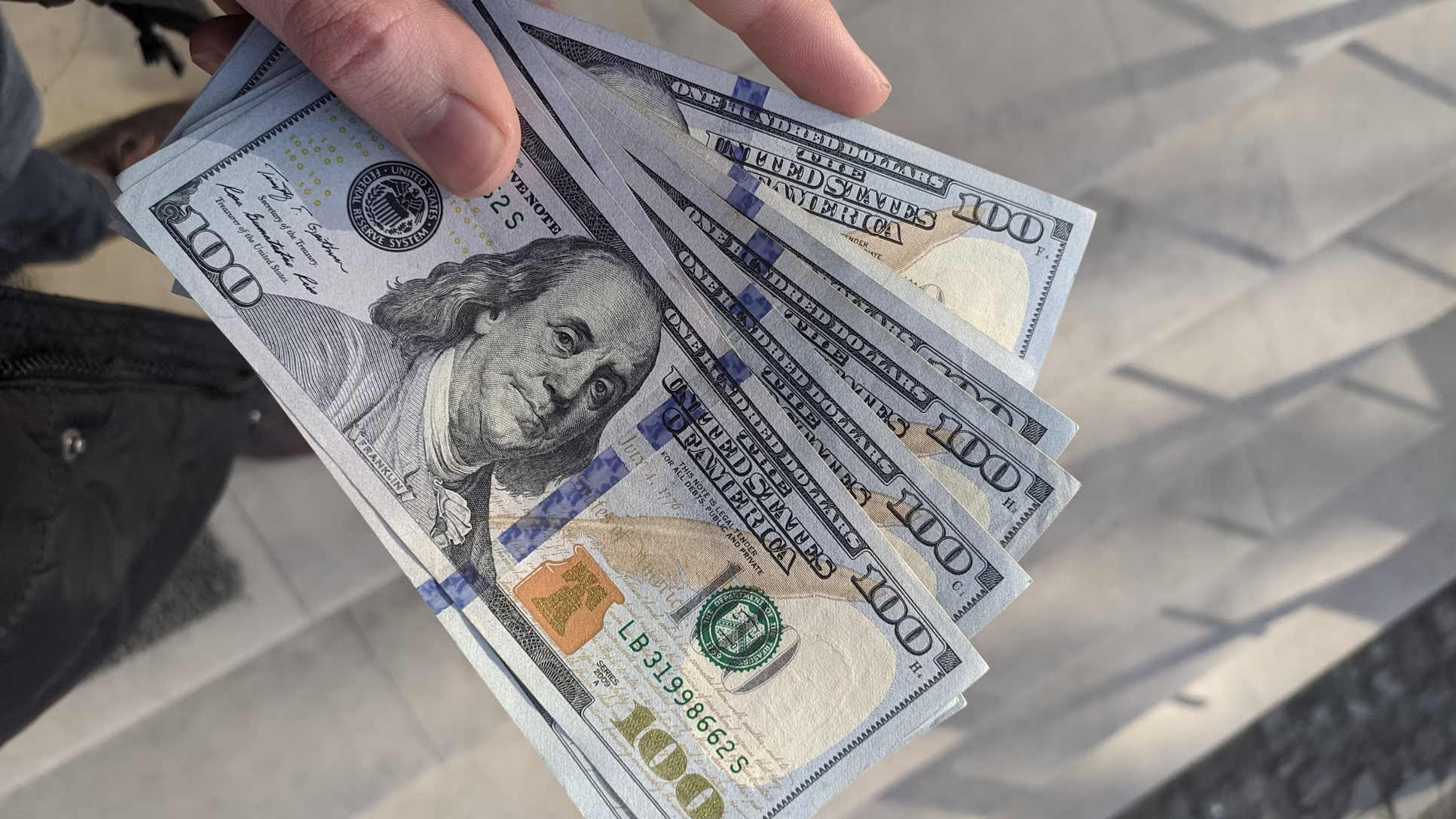Banks borrowed a record $50.35 billion from the Federal Reserve's Standing Repo Facility (SRF) last Friday on the 31st, the highest utilisation since the facility's creation in 2021, while simultaneously parking $52 billion in the Fed's reverse repo facility, essentially offsetting flows that reflected typical month-end and quarter-end liquidity pressures. The spike came as short-term repo rates climbed above 4%, offering profitable arbitrage opportunities for banks to borrow from the Fed at 4.0% and lend to money markets at higher rates, exactly as the facility was designed to function. The Fed responded proactively by announcing it would end quantitative tightening on December 1st, a date earlier than widely expected, noting its intention to preserve adequate bank reserves and prevent funding market stress, signalling confidence that the banking system has reached appropriate liquidity levels rather than crisis conditions. Dallas Fed President Lorie Logan even expressed satisfaction that banks finally used the SRF "as designed", though she noted disappointment that adoption took so long.
EQUITY
Market is still high on tech after $38 billion deal made between Amazon and OpenAI, sending Amazon shares 4% higher, perpetuating the trend of AI-driven gains in the few companies that can afford to access the infrastructure needed. Eli Lilly had also gained almost 4% after launching orforglipron, an oral version of its popular weight loss drug, Mounjaro, its next step in the weight loss drug race, which has seen Novo Nordisk CEO fired over it.
GOLD
Gold prices consolidate after an 11% correction following a generational bull run not seen since hyperinflation in 1979, sowing doubt about the authenticity of the current inflation rate of 3%. The US-China trade truce eases safe-haven demand, though the fundamental for higher prices is still solid, which prompted Morgan Stanley to target $4,500 by mid-2026.
OIL
Crude oil prices were steady, digesting OPEC+ announcement that it would pause production targets from January to March 2026, responding to Russian demand after sanctions hit its market. The ISM PMI falling to 48.7 in October had also affected the demand side. Analysts remain divided on the outlook, with ING noting the sanctions "introduce uncertainty that could reduce the surplus," while traders await Wednesday's API inventory for market direction.
CURRENCY
The DXY index climbed to a three-month high with shorter momentum with reduced bets for near-term rate cuts after a hawkish Fed official's comment and the absence of key economic data due to the government shutdown. The Australian dollar fell after the RBA maintained its cash rate at 3.60% and revised inflation forecasts upward, while the yen remained under pressure near 154 per dollar. China's yuan hit a two-week low as broad dollar strength pressured the currency.














